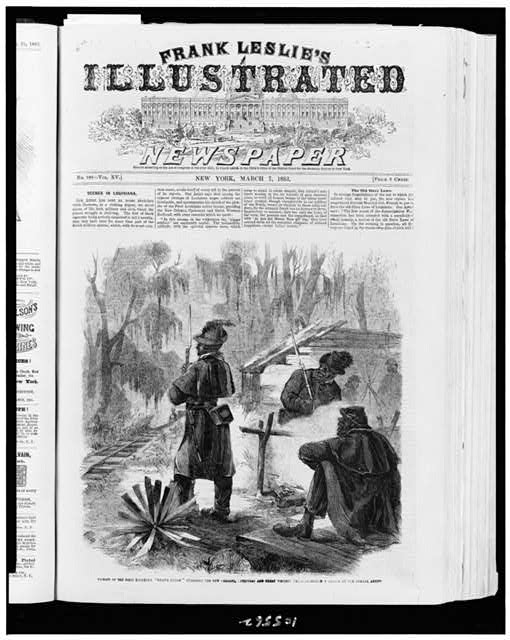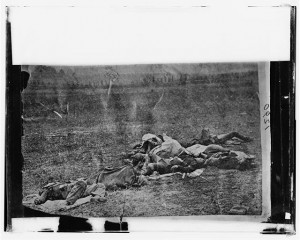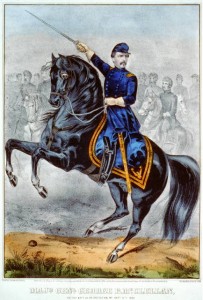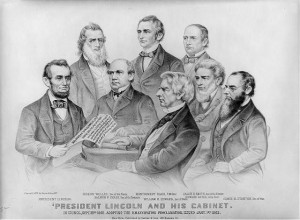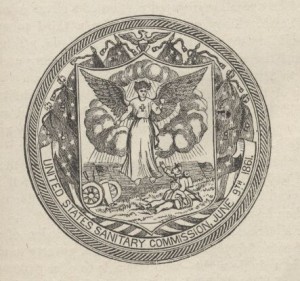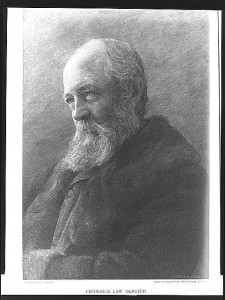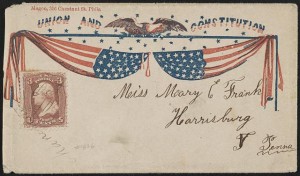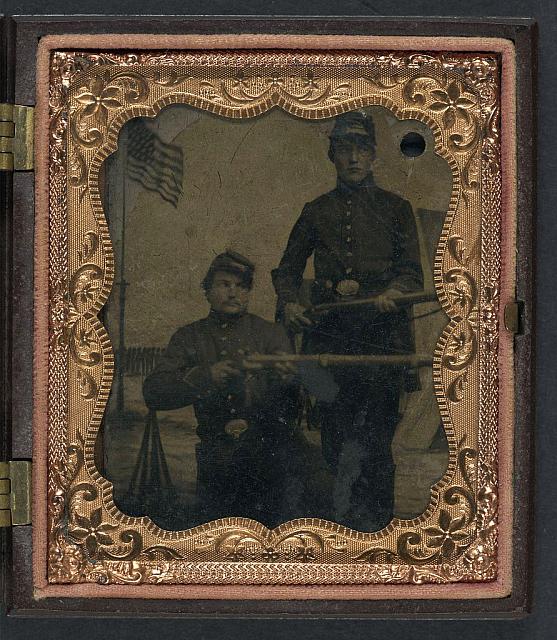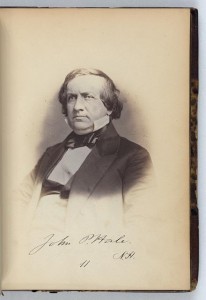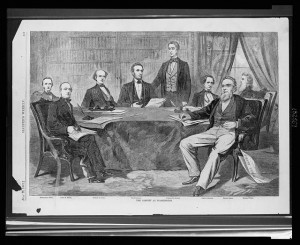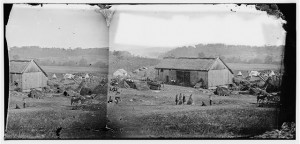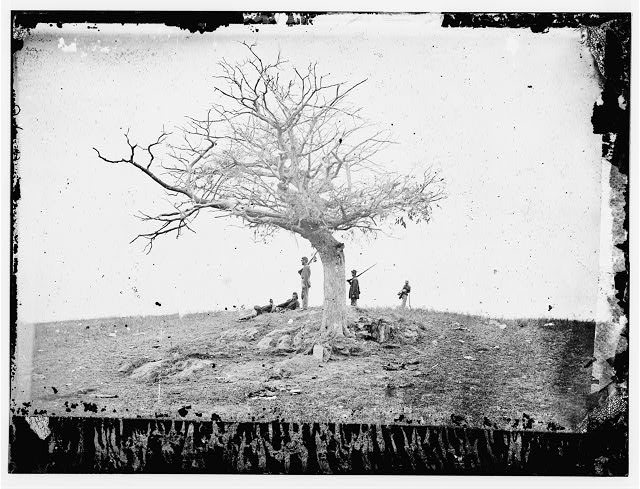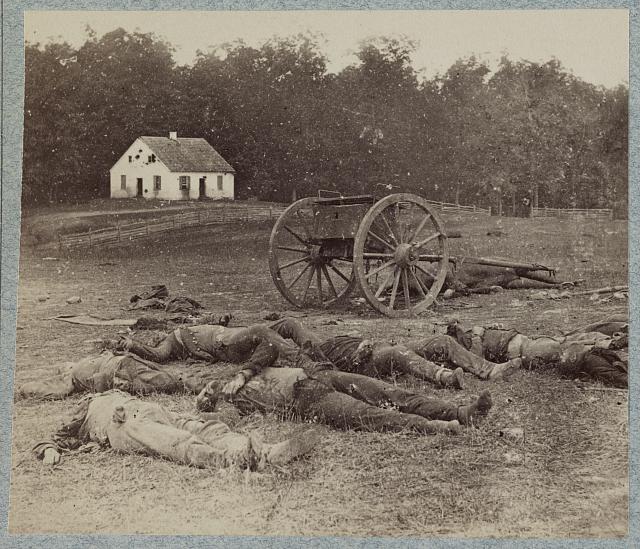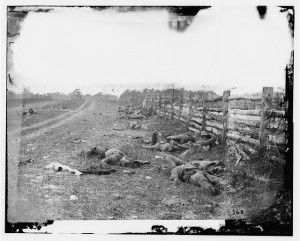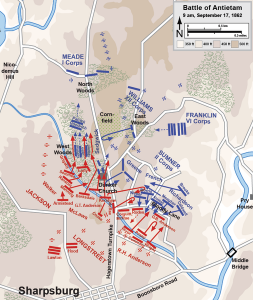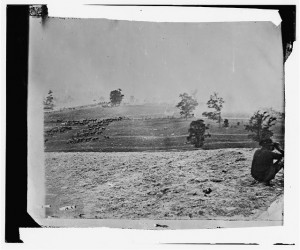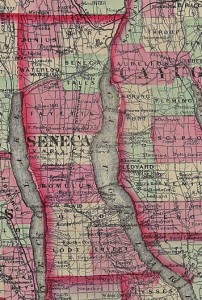
Town of Tyre in deficit
A Democrat newspaper found a graphic way of illustrating Democrat support for the Civil War by using a table of enlistment results – its majority Democrat county easily reached its quota of volunteers under the federal administration’s call for 600,000 recruits in the summer of 1862. The only laggard town? The county’s most Republican town. The last part of this article apparently shows a creditor giving a recruit a $100 break on his mortgage.
From a Seneca County, New york newspaper in 1862:
Quota for Seneca County.
The following statement shows the quota of each town in this county towards the 600,000 volunteers called for since July 2, 1862:

It is gratifying that this, the only Democratic county in Western New York, should have so promptly furnished her quota of the 600,000 men called for, and that every democratic town in the county has a surplus, and that the surplus is somewhat in proportion to the democratic majorities. Junius, the strongest Abolition Republican town in the county, is the only one that has not furnished her quota of men.
Of these 909 men furnished from this county, we have no doubt, from all we can learn, over 500 are Democrats.
Are Democrats opposed to the vigorous prosecution of the war? — Observer.
When it is remembered that, on the breaking out of the rebellion, the town of Seneca Falls promptly furnished over five hundred volunteers; and that, during the past year, Lieutenant J. MARSHALL GUION and others recruited here for the old regiments, about one hundred and fifty more, (for all of which the town gets no credit in the above estimate,) the surplus furnished by Seneca Falls will be readily appreciated. Waterloo, Fayette, and other Democratic towns, have also done well. The cost to individuals, and to the towns, of these recruits, has been enormous, and we think we ask nothing unfair, when we claim that Republican Junius, and other laggard towns, should at least pay a proportion of the public bounties, that would tend somewhat to equalize their contributions to the war.
The following receipt, endorsed on a mortgage given for the purchase money of property over two years ago, has just been shown us, by one of the volunteers from this town in Col. JOHNSON’s Regiment, will serve to illustrate the cost to individuals (this being in addition to all other bounties) of getting up the recent quota:
“In consideration of LEONARD MAURER enlisting as a private in the service of the United States, for three years or during the war now existing, and of his being mustered into the service, I do hereby acknowledge payment of One Hundred Dollars upon his bond and mortgage, dated September 1, 1860.
“Seneca Falls, Sept. 17, 1862.
“JOSIAH T. MILLER.
“In presence of H.A. PALMER.”

40 year old recruit got break on mortgage
A different newspaper clipping allows a response from Junius (the clipping was beat up).
Defence of Junius against the Seneca Observer.
JUNIUS, August 18, 1862.
Friend Fuller – DEAR SIR: – I ask for a corner in the COURIER to expose a few of the false hoods of the last Observer.
In its article headed, Democrats opposed to the war,” it takes particular pains to single out Junius as a Republican town and as doing as near nothing [?] … We plead g[uilty to]not doing as much as larger towns [?] … people of Junius are nearly all farmers, who need to hire two rather than spare one.
I will give you an account of what they have done and are still doing in this town. 13 have enlisted with Mr. Munson, been examined and mustered in. 5 went with the Waterloo Company last Wednesday from Waterloo, all mustered in. We have raised a fund by subscription of $500 or $600; give to each man that goes from town $10 (unless he received that when he enlisted), let him go into any Company he chooses, if in this District, the balance of the fund to be used for the benefit of the families of those who may need help.
According to an 1862 directory Josiah T. Miller was a partner in a firm of attorneys, insurance agents, and “AGENTS TO LOAN MONEY”. As it turns out Mr. Miller is going to be involved with Seneca Fall’s McClellan Club; the 1862 midterm elections are approaching.
The map is at Harvest of History

